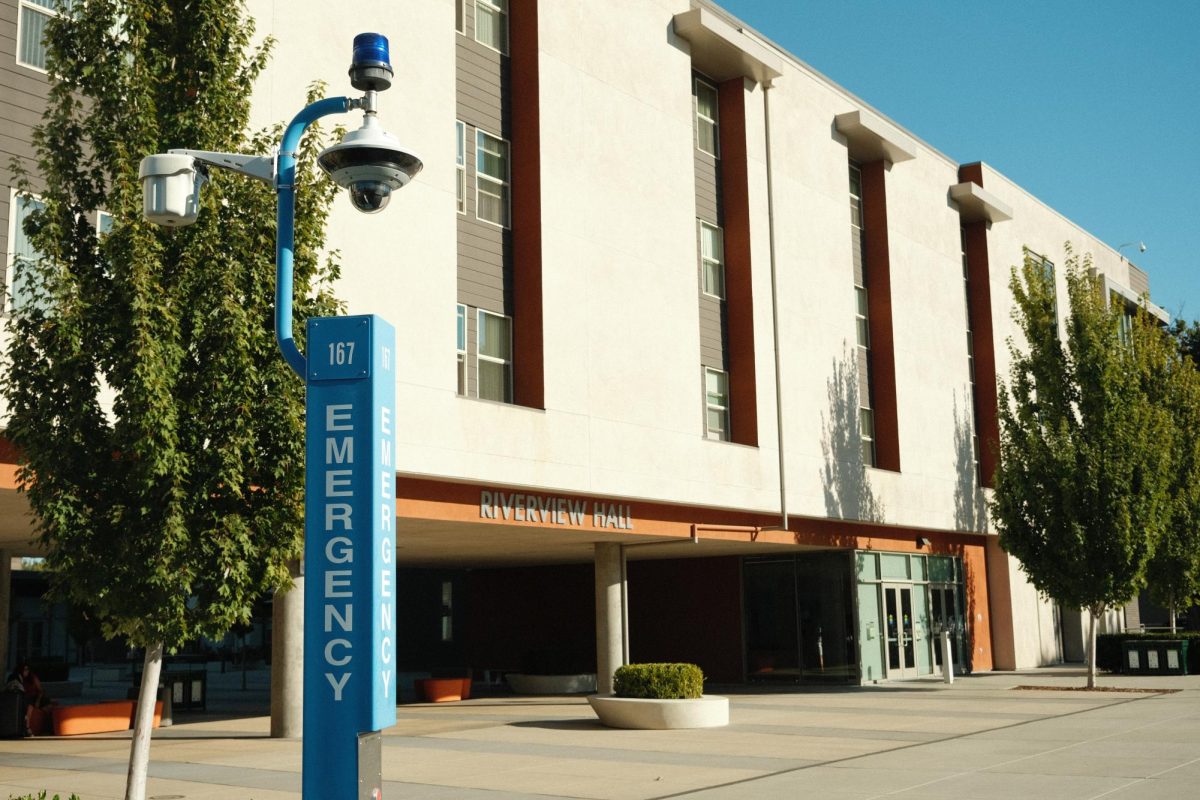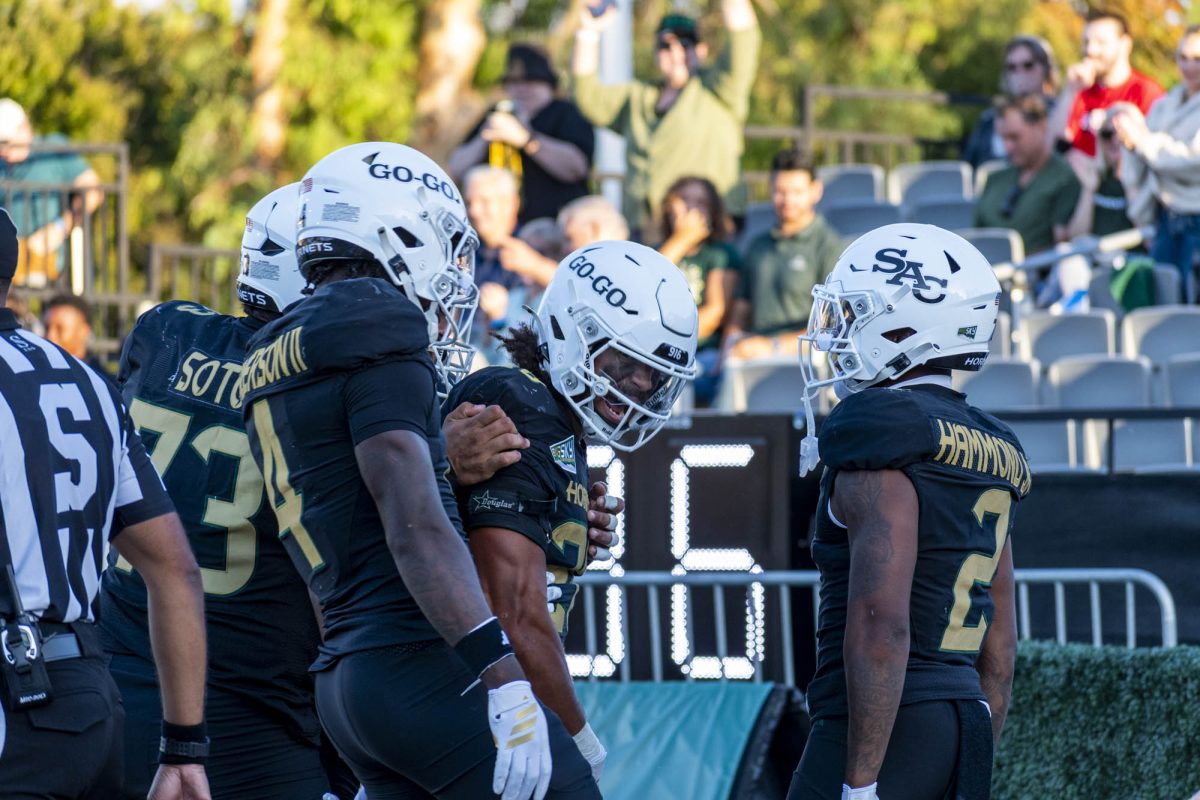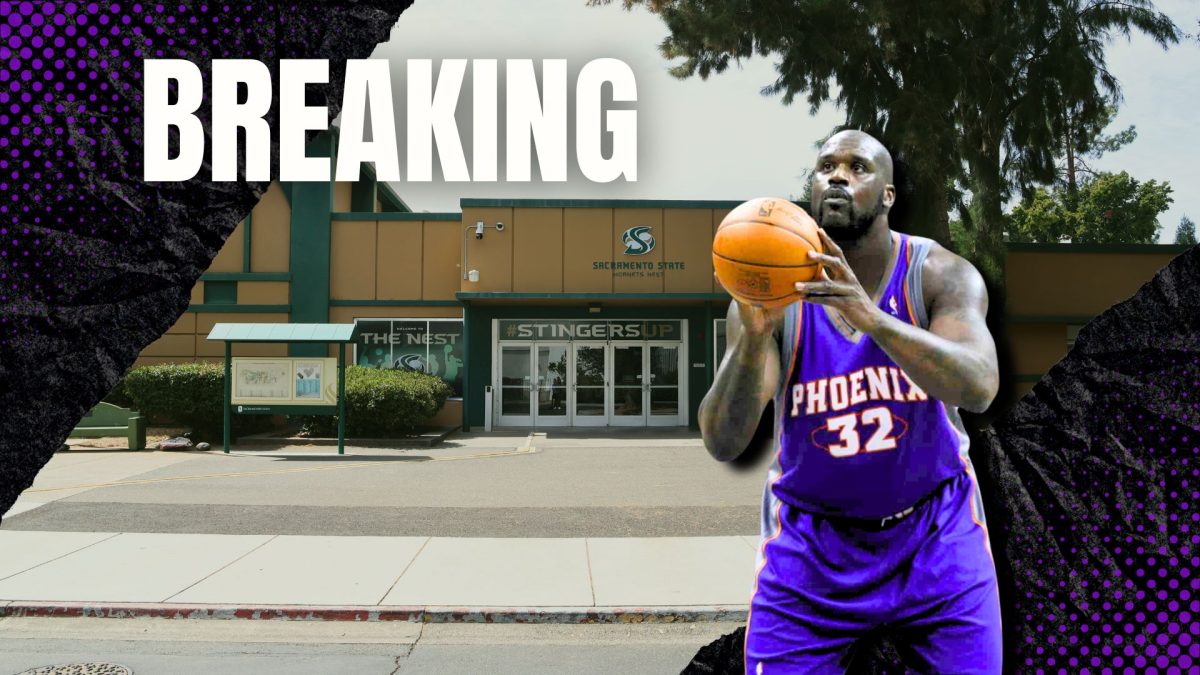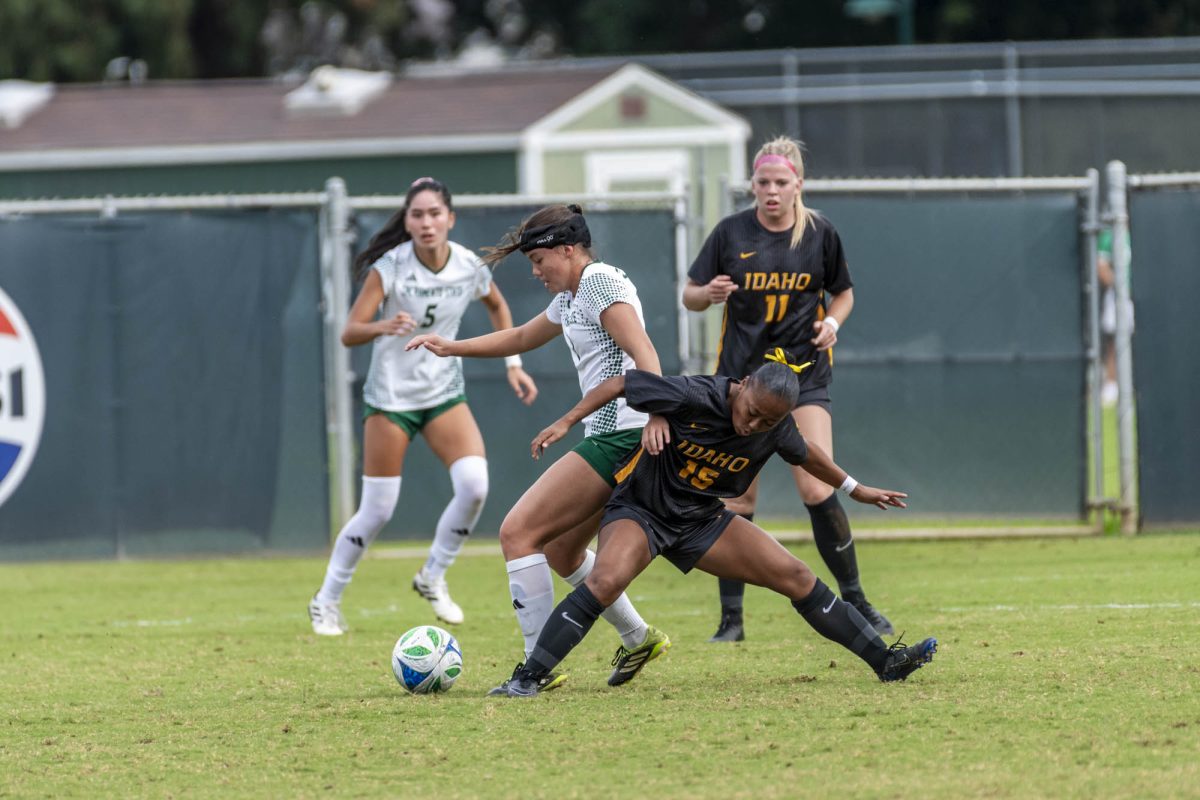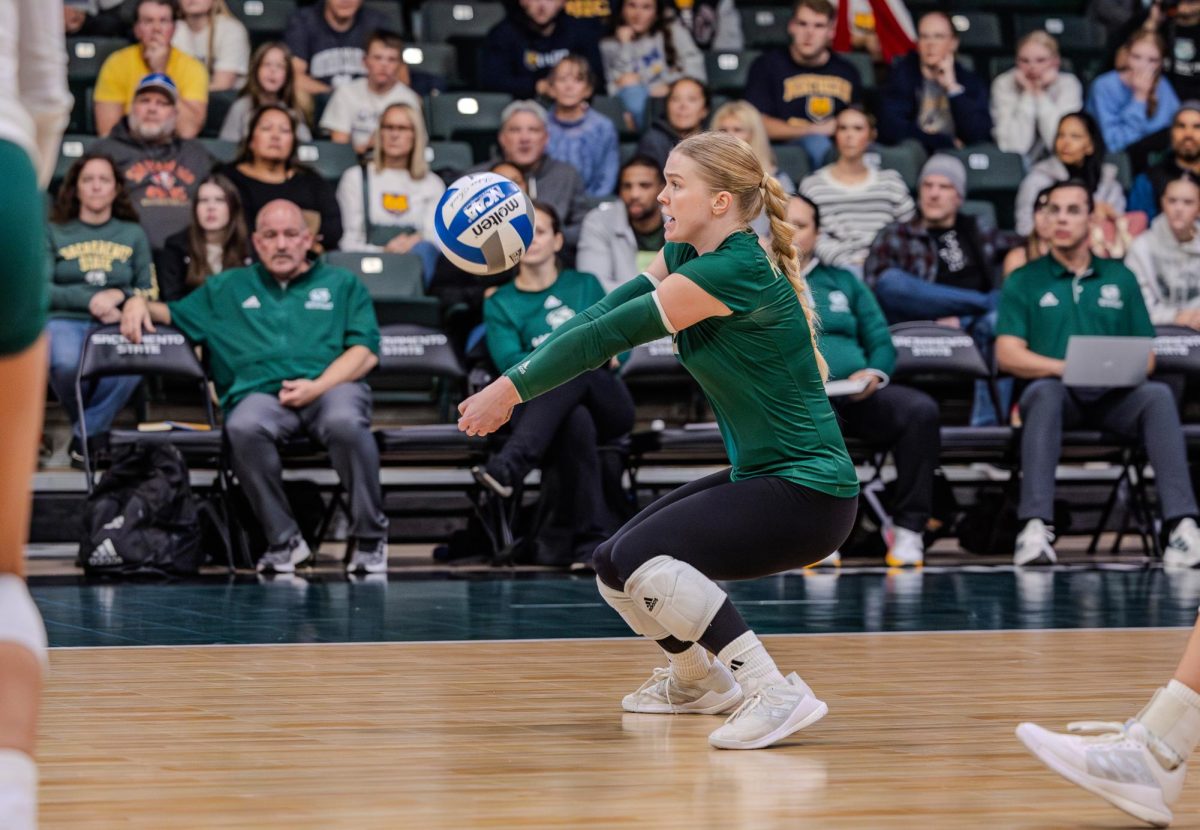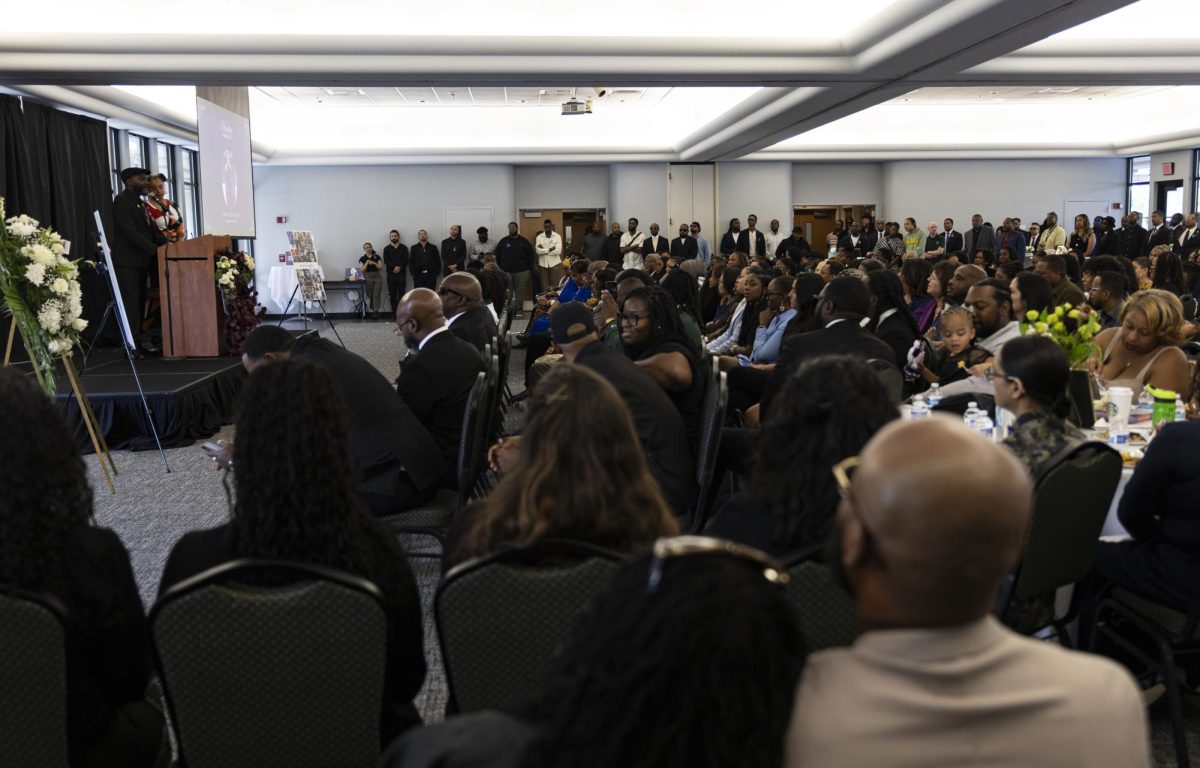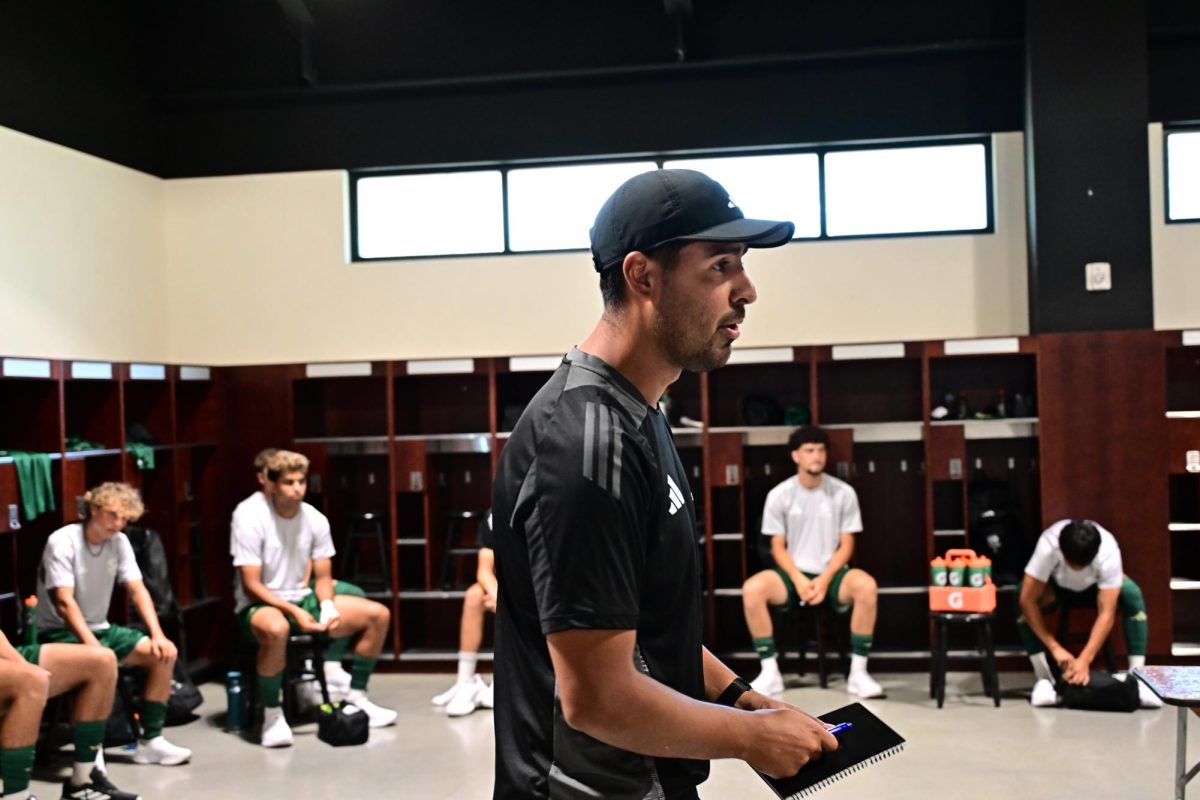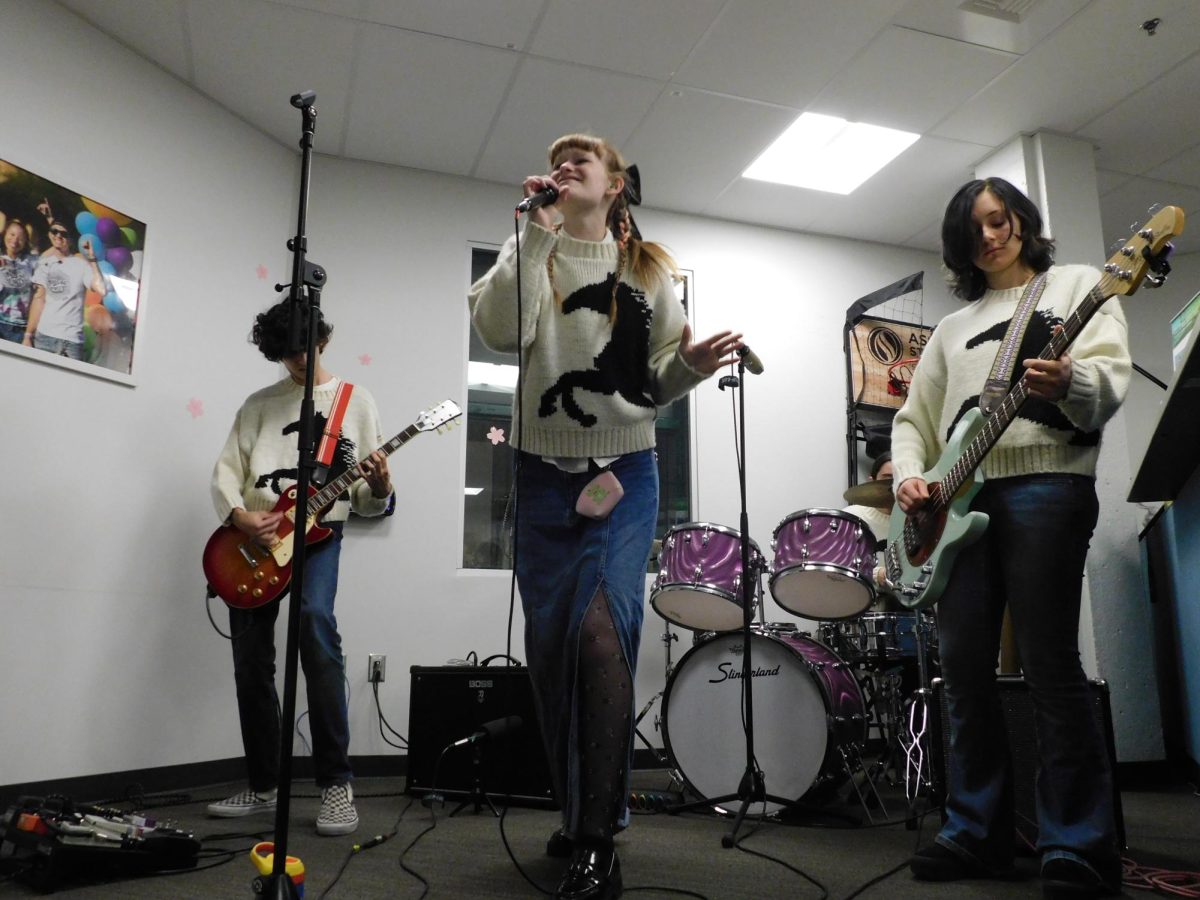Lecture discusses future in particles
March 2, 2007
Particle accelerators, collisions and subatomic particles were the points of interest for this week’s Physics Colloquium Series lecture. Lee Sawyer, associate professor of physics from Louisiana Technical University, spoke to a group about the past, present and future of particle acceleration.
The lecture titled, “Detectors for Present and Future Colliders,” was an overview in subatomic theory, as well as an in-depth analysis about the construction and function of particle accelerators.
“To look at the smallest bits of matter, we need devices that are unbelievably huge,” Sawyer said.
Proton accelerators are considered by experts to be the best way to reach high energies because electron beams radiate when accelerated. Electron accelerators serve a complementary role for precision measurements and assist in modern physics experiments.
The presentation included several slides of existing particle accelerators, how they are built and the facilities that house them.
Fermilab is an institution that has a Tevaron machine in Batavia, Illinois. The facility is three miles in diameter and the tallest component of the accelerator is held inside a five-story building. Just this piece of equipment has cost around $200 million in construction, maintenance and upgrades.
Sawyer also discussed the future of particle acceleration in the form of the International Liner Collider, a facility that will be the joined effort of over 100 universities and is expected to be ready within the next decade.
The ILC is still in the research and development stage with a location still to be decided upon.
The most likely location, according to Sawyer, is in Illinois and will be about 32 kilometers in size. The projected cost is around $5 billion with another $1.8 billion in costs that is dependent on where the facility is constructed.
There are currently four different types of accelerators that are being discussed for the ILC.
Sawyer received his bachelor’s degree from North Eastern Louisiana before it became Louisiana Munroe. He has been part of four collider experiments and numerous test beam projects.
Jordan Guinn can be reached at [email protected]









